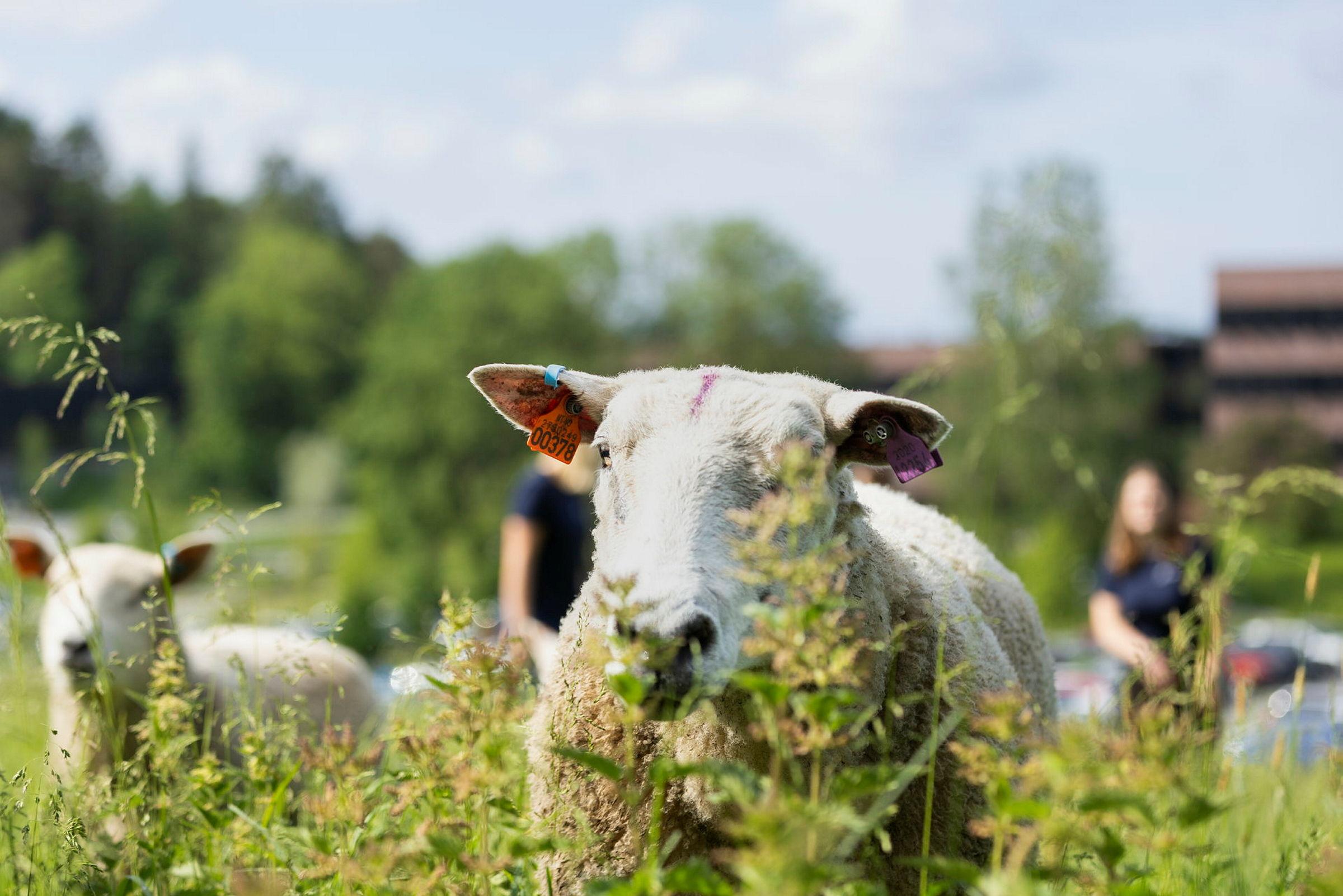NMBU has received funding to address climate change and biodiversity decline through sustainable grazing practices.
In a bid to address two of the most pressing environmental challenges of our time; climate change mitigation and biodiversity loss reversal, NMBU has received funding to examine sustainable grazing practices.
“The main goal is to contribute to sustainable management of Norwegian pastures, both in and outfield, and promote nature-based solutions to increase carbon storage, promote biodiversity, and preserve our unique cultural landscape,” says project leader and professor Line Tau Strand
The researchers are going to quantify and predict the effects of grazing on soil organic carbon (SOC) stocks and dynamics. The aim is to establish effective methods to preserve high SOC stocks while promoting plant and soil microbial biodiversity.
Understanding the effects of grazing
Meeting the joint challenge of climate change and biodiversity loss requires an understanding of the ecosystem feedbacks between herbivores, plants and soil carbon. The findings will be integrated into an ecosystem services framework to provide a comprehensive understanding of how grazing impacts a broad range of ecosystem services.
“We aim to increase our collective understanding of soil carbon as a dynamic pool dependent on ecosystem processes,” Strand says.
“This is particularly important for both farmers and governmental agencies in relation to sustainable management,” she adds.
Wide range of ecosystems
The project results will leverage long-term studies, both ongoing and recently concluded, that have examined the effects of excluding grazing of sheep, cattle, and wild ruminants in outfields and forests. The researchers will utilize existing infrastructure, such as long-term grazing exclosures, and will collect soil and vegetation samples from both inside and outside these areas. They will also study the effects of dairy cows grazing in infield areas, thus covering a wide range of ecosystems and grazing strategies.
Objectives and work packages
The researchers aim to quantify the impact of grazing and browsing on above and belowground biomass production and how herbivory regulates litter quantity and quality. Following this they will assess the effect of grazing on SOC stocks and SOC quality, stability and depth distribution stratified according to soil type and moisture gradients.
These data will be used to parameterize recently developed soil carbon models to the Norwegian outfield context and to develop a framework for linking carbon sensitivity of soils to grazing quality maps. They will use an ecosystem services (ES) framework to synthesize data on how large herbivores impact a broad range of ES. The synthesis will be used as a basis for stakeholder discussions on the overall optimalisation of ES in grassland and forest ecosystems.
The project will be organized in four work packages:
- WP1: Grazing effects on above and belowground biomass production, plant chemical composition and plant biodiversity.
- WP2: Grazing effects on soil carbon and dynamics.
- WP3: Soil carbon modelling and upscaling
- WP 4: Ecosystem services framework; optimizing grazing and large herbivore management.
NMBU researchers attached to the project:
About the project:
Title: Soil carbon in Norwegian outfield and infield grazing areas: Plant-soil-herbivory feedbacks on plant production and soil carbon dynamics.
Duration: 2025-2028
Budget: 16,5 MNOK
Funding: The Research Council of Norway (NFR)
Program: Collaborative Project to Meet Societal and Industry-related Challenges
Coordinator: NMBU – Faculty of Environmental Sciences and Natural Resource Management
Partners: Animalia AS, TINE SA, Nortura SA, Norwegian Agricultural Advisory (Norsk Landbruksrådgiving SA), Norwegian University of Science and Technology (NTNU), Norwegian Institute of Bioeconomy Research (NIBIO), University of Copenhagen, University of Bristol,
UN Sustainable Development Goal(s): SDG13 Climate Action and SDG15, Life on Land.
